Workplace noise affects worker well-being and productivity. Noise is a stressor: loud sounds and prolonged exposure to certain noises trigger physiologic stress responses in our bodies – such as spikes in blood pressure, heart rate, increasing long-term stress hormone levels and hypertension. Productivity could decrease, multitasking could become more difficult, the right posture could be compromised, so increasing risk factor for the musculoskeletal disorder.
One of the most disruptive sounds is other people’s conversations and speech intelligibility accentuates the negative impact of conversations. Researchers in Australia at the University of Sydney found that lack of speech privacy was the number one complaint among cubicle workers and open-plan employees, with 59% and 49% respectively describing it as a major issue.
Speech intelligibility describes the comprehensibility of speech whereas speech privacy concerns the lack of speech intelligibility from other talkers. Speech security concerns meeting rooms where confidential discussions take place and there is a need to ensure adequate protection from a casual overhearing or deliberate interception by a covert listener. Consider that speech privacy is leading to rising of complaints to health care providers and pharmacies according to a recent ProPublica article. The data suggest that patient privacy has always been a problem and that complaints have risen mainly due to the introduction of an online complaint portal that now makes it easier for patients to file HIPAA (Health Insurance Portability and Accountability Act) complaints.
As discussed, often we found unfriendly perception of the rooms. It is possible to improve the acoustics of these spaces using materials and solutions in accordance with interior design as well as we have seen in the last Stockholm Design Week Furniture Fair.
The fair features more acoustic products than ever, with ordinary sound-absorbing wall panels and new upholstered desktop screens for computer workstations, spongy wall-mounted booths for phone calls, petal – shaped acoustic screen (created by Japanese designer Jin Kuramoto) acoustic shelter and dome-shaped baffles designed to hang just above workers’ heads. Particularly suitable for workplaces or hospitality environments, these designs counteract such issues in open plan or converted-use spaces, having also an attractive function.
Several interesting Scandinavian companies that presented these innovative acoustic products are Zilenzio, Vivero, Offecct, Baux, Ligne Roset, Form2, Form Us With Love.
After many years since its foundation in 1950, the Scandinavian Design movement is trying again to revolutionize the way we live, and on this occasion it is showing the sound and acoustic design could blend with interior design in order to improve the way we experience spaces.
- Sonic Adventures in Food – Part two - March 31, 2017
- Sonic adventures in food – Part one - March 15, 2017
- Is there sound on Mars? The mystery of generating and receiving sounds on the Red Planet - May 2, 2016





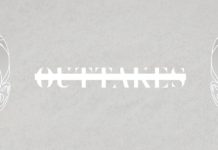
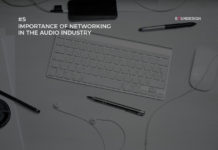
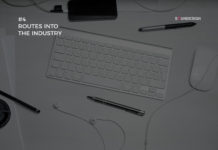
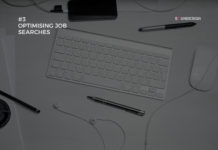

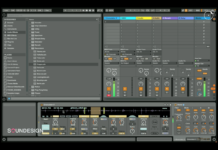
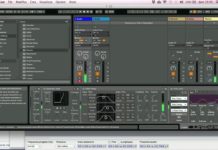

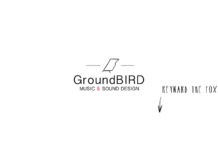
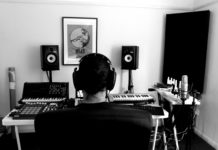



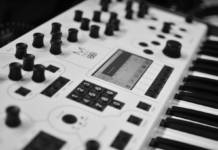
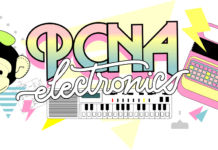


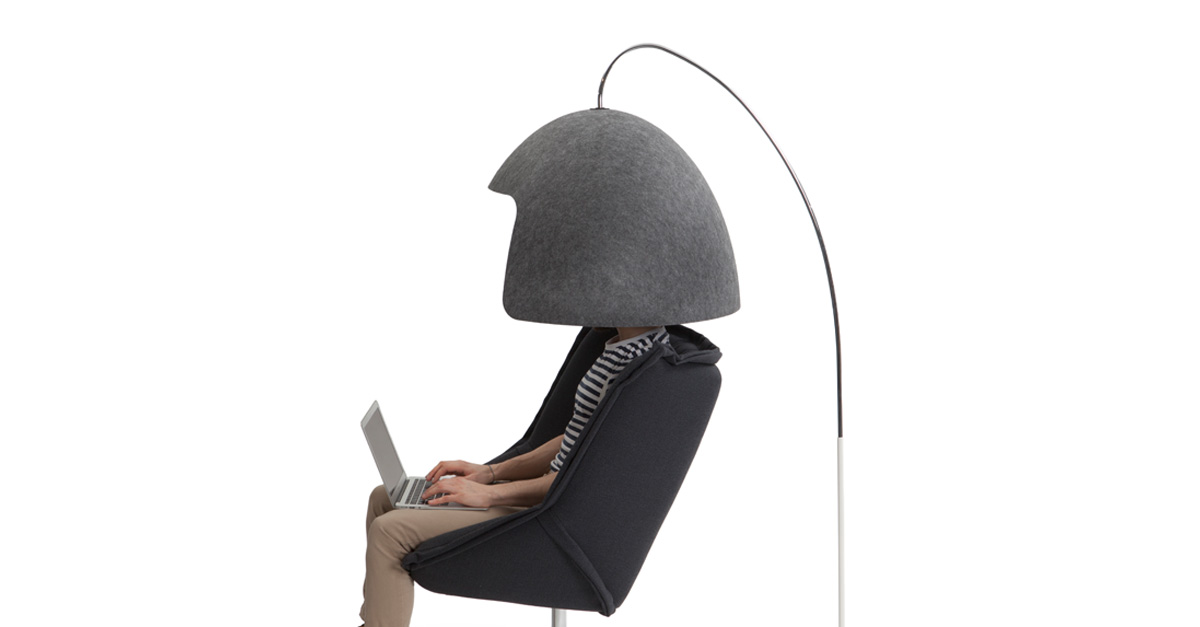
I became a neuroscientist after a 1992 brain injury and diagnosis of hydrocephalus. Today, I write about and work in several capacities with sound, from adverse affects on individuals with neurological disorders and sensory processing disorder (SPD) – which many scientist politically preferred didn’t exist, to constructive uses of drum circles for team building & leadership, and drumming therapy for workplace wellness and persons with neurological disorders. In 2002, I undertook a sound sensory processing study using my Boss Recorder’s metronome feature, where I exposed about 20 people (about half w/ brain shunts like me, half normal parents & siblings). I found that the problem aspect of machinery sound & white noise, is when there is a lack of melodic pattern. After all, the Mozzart Effect showed how melodic music can make you smarter. Well, the opposite is true when it’s disordered. There are a number of strategies you can undertake if you suffer from sound SPD as I do. I made the right choice several years ago when I purchased more expensive tires for my car, as they are noticeably quieter, and that means less sound processing for my brain, above & beyond visual & vestibular orientation from movement. In the latter, a smooth driving auto can make an auto experience much more tolerable, esp in those with car or motion sickness – a vestibular form of SPD. More of my recent writings can be found on my company blog. Stephen Dolle, California
Thank you for your comment Stephen, very interesting!